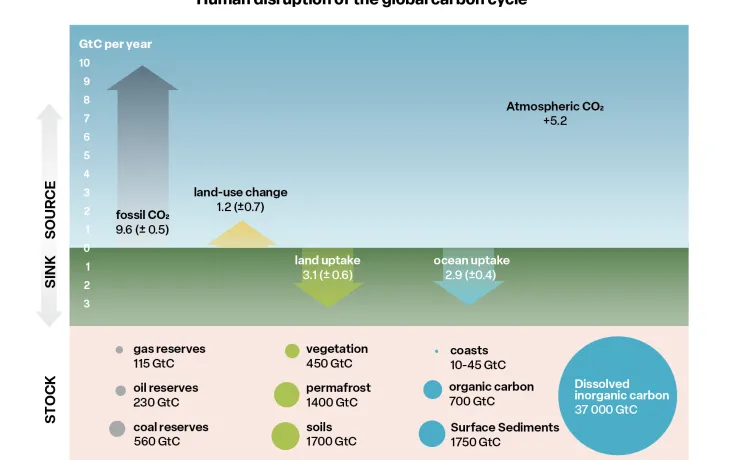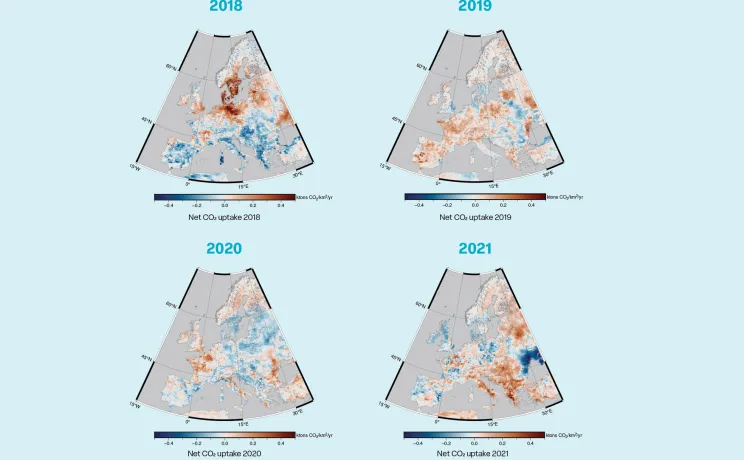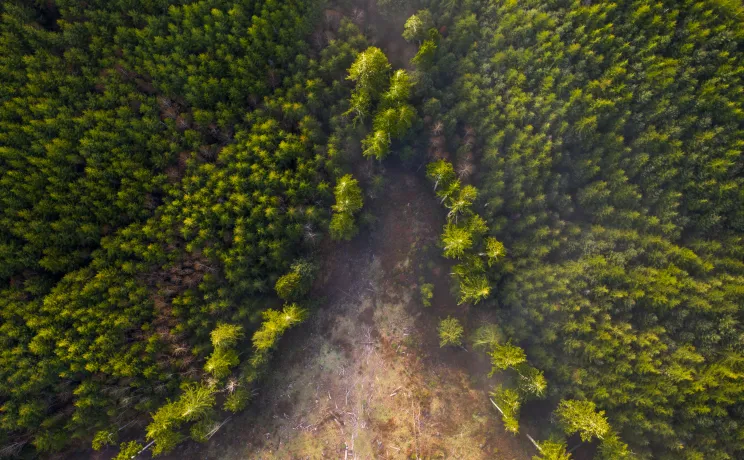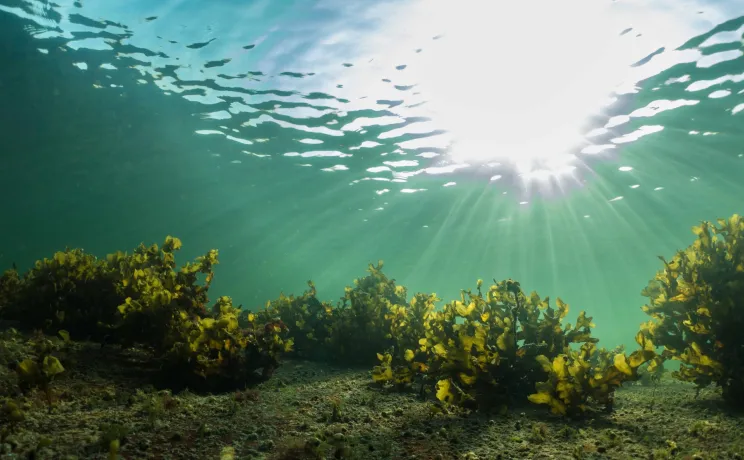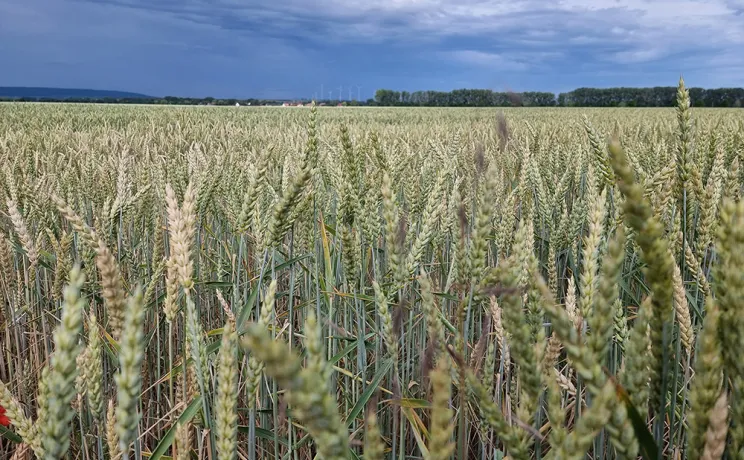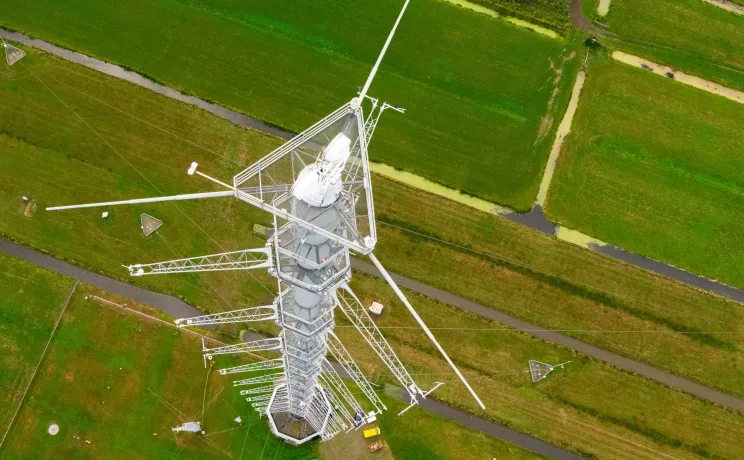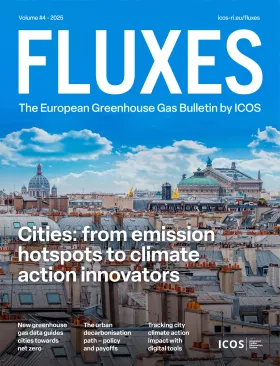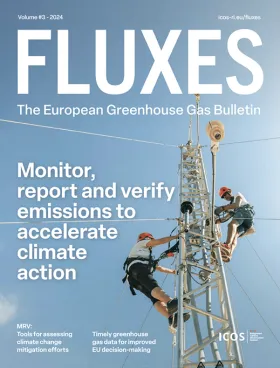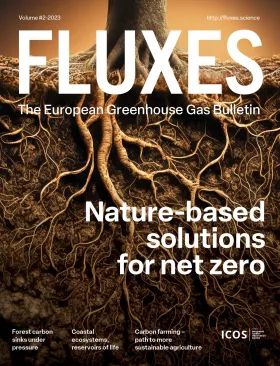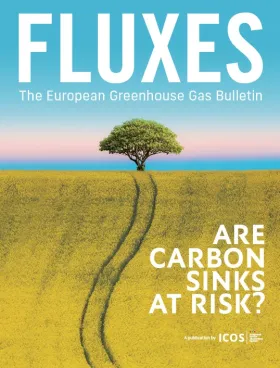Volume 2
FLUXES vol 2 highlights the potential and limitations of nature-based solutions for carbon removals from a scientific perspective. FLUXES is an annual scientific publication addressing climate change related issues supporting European policy-makers.
Nature takes up carbon dioxide in its sinks, such as forests, soils and the ocean. For a carbon-neutral future to be realised, total human and natural emissions cannot exceed what sinks can absorb. Fossil fuel emissions must go to Zero. ICOS provides almost real-time data on how nature responds to these reductions, which can be a powerful tool for informing which climate actions might actually be counterproductive.
TOPICS IN THIS ISSUE:
- Nature-based carbon sinks have a dual role in climate action
- Carbon emissions and sinks vary between the years
- Forest carbon sinks under pressure
- Coastal ecosystems, reservoirs of life
- The complex chemistry behind the alarming growth in methane
- Carbon farming - a path to more sustainable agriculture
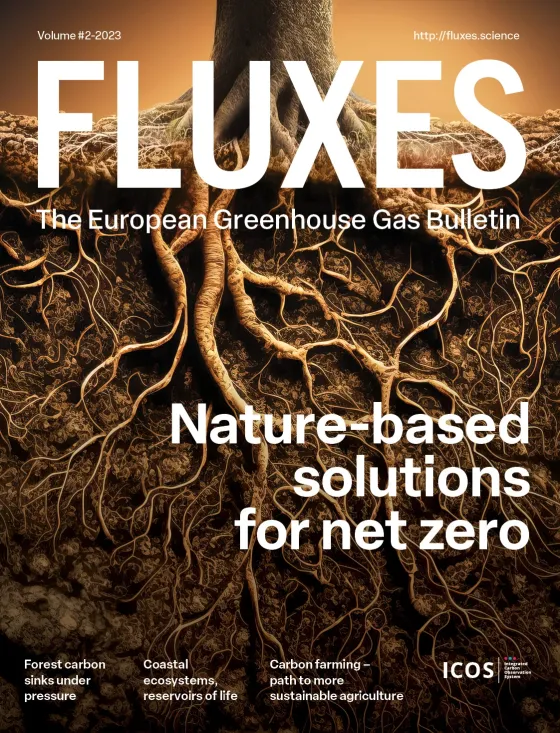
Average human influence in the global carbon cycle in GtC per year, gigatonnes of carbon, for the decade 2012-2021. (Adapted from Global Carbon Project 2022)
Annual mean net ecosystem exchange of central Europe in 2018-2021.
As a natural carbon sink, forests are central to our fight against climate change. At the same time, forests are under immense pressure, from increasing harvest demands to natural disturbances associated with the warming climate. What can be done to increase the forest carbon sink?
Coastal ecosystems sequester carbon from the atmosphere, help maintain high biodiversity levels, enhance water quality, protect coasts from extreme tidal events, and are an important resource for coastal communities. Despite the benefits they provide, coastal ecosystems are still poorly understood and face life-threatening pressures from human activities. As European coastlines lose their natural habitats rapidly, time is running out for action.
Agriculture causes about 11% of the European Union's greenhouse gas emissions1. The share is noteworthy because the two major emissions – nitrous oxide and methane – are very powerful greenhouse gases. Farming methods which tackle agricultural emissions are often referred to as carbon farming. This article discusses the role of agricultural soils in carbon farming, since only soils can be part of nature-based climate solutions.
The natural carbon sinks might support u us in our last stretch towards carbon neutrality. However, the atmosphere is very complex. Methane concentrations have been on the rise since 2007, with a record growth rate in Europe in 2020-2021. Reasons for the growth are human-induced emissions, the chemical interplay of gases, and increased natural emissions caused by climate change.
All FLUXES volumes
Cities: from emission hotspots to climate action innovators
Volume 4, 2025
MRV: A critical tool for tracking emissions and accelerating climate action
Volume 3, 2024
Nature-based solutions for net zero
Volume 2, 2023
FLUXES vol 2 highlights the potential and limitations of nature-based solutions for carbon removals from a scientific perspective. FLUXES is an annual scientific publication addressing climate change related issues supporting European policy-makers.
Are carbon sinks at risk?
Volume 1, 2022
This inaugural edition of FLUXES explores how long-term observation data can answer questions such as:
Has there been an acceleration of the increase of greenhouse gases in the atmosphere?’
Has extreme weather in Europe influenced the carbon cycle of ecosystems and, consequently, changed their ability to store carbon?’


